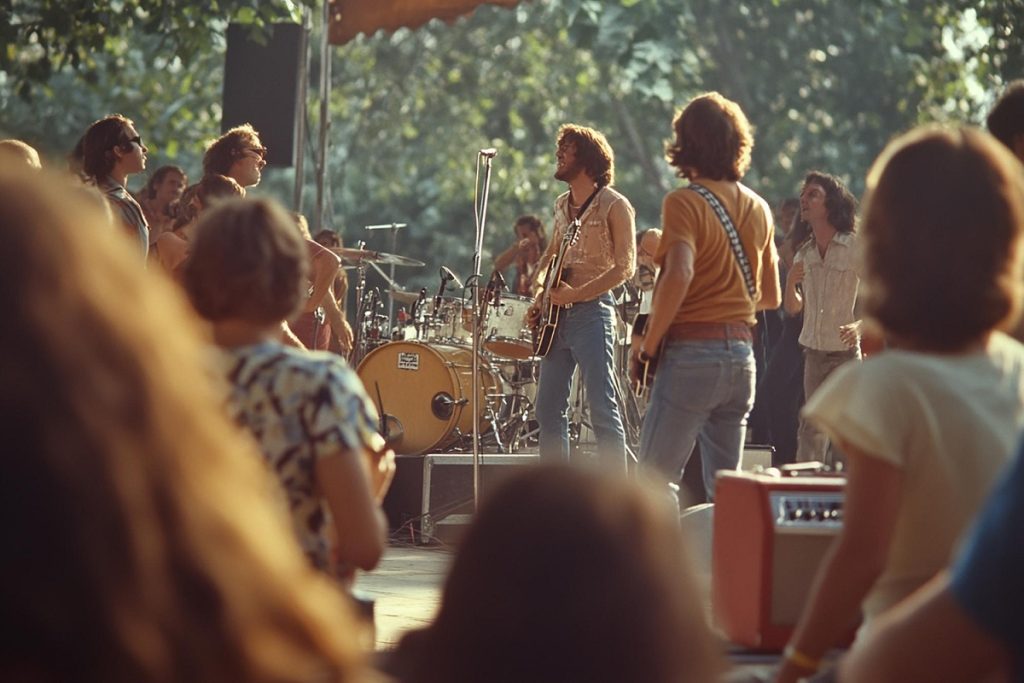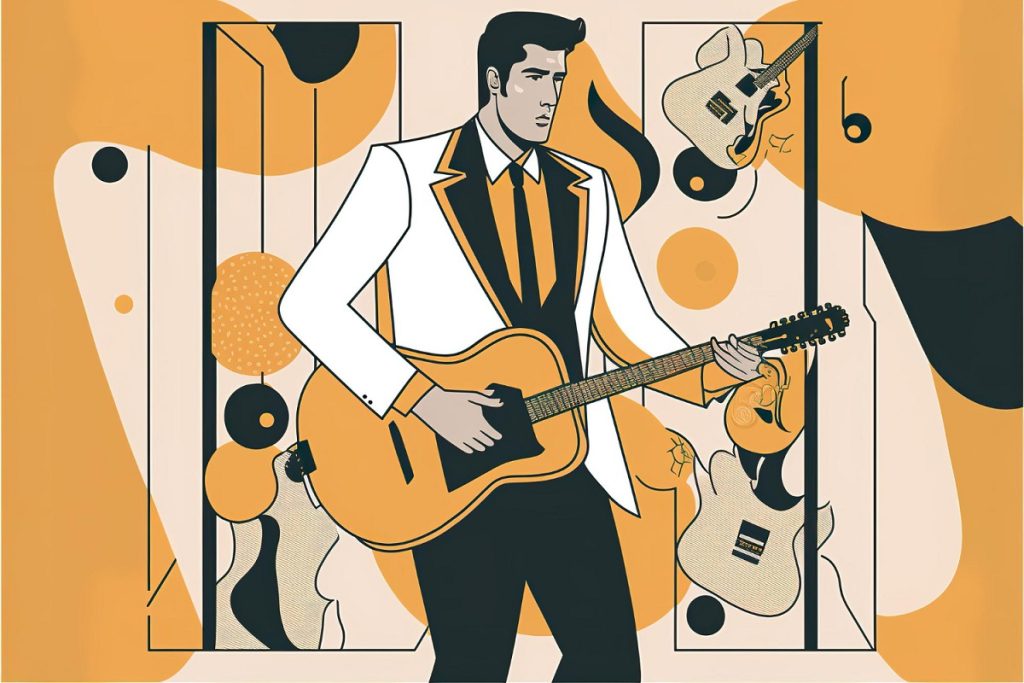Before smartphones and streaming services dominated our music consumption habits, there was a groundbreaking device that changed the game: the Sony Walkman.
Introduced in 1979, this portable cassette player not only revolutionized how we listened to music but also shaped the cultural landscape of a generation. Exploring the impact of the Walkman reveals a fascinating journey through technological innovation and cultural shifts.
The inception and breakthrough of the Walkman
The Sony Walkman, originally marketed in 1979, was neither the first portable music player nor the most advanced piece of technology at the time. However, its compact design and private listening experience via headphones stood apart, making music a movable, personal experience. Sony’s Walkman provided a soundtrack to the lives of millions, allowing people to listen to tunes while commuting, jogging, or just relaxing in public spaces without disturbing others.
Key design elements of the Walkman
The device’s lightweight build and easy-to-use buttons allowed for seamless integration into daily life. Perhaps its most significant innovation was delivering stereo sound through lightweight headphones, an experience previously confined to home sound systems.
Iconic moments and the Walkman craze
By the mid-1980s, Walkmans were ubiquitous in urban landscapes, nearly as prevalent as wristwatches. The image of individuals strolling with headphones became a cultural icon, representing freedom, individuality, and modernity. Clad in various models, from the basic cassette player to later versions featuring AM/FM radios and bass boost, each iteration of the Walkman continued to cater to an evolving consumer base.
Memorable Walkman scenes in pop culture
Films like Guardians of the Galaxy nostalgically highlight the Walkman, showcasing it not just as a music player but as an emotional touchstone, further illustrating its impact on society and individual lives.
Artists influenced by the Walkman era
Artists of the 80s and 90s, such as Madonna and Michael Jackson, found their music heavily featured on mixtapes and radio playlists convenient for the Walkman. The device’s ability to play personal selections of music on-the-go encouraged a more intimate connection between listener and artist, potentially broadening fan bases more than stationary listening could have.
Cultural and historical significance
The personal stereo phenomenon created by the Walkman led to societal debates about isolation, with detractors suggesting that Walkman users were shutting out the world and community around them. However, enthusiasts argued it granted autonomy over one’s auditory space, enabling privacy and personal freedom. This shift towards personal space in public areas was a significant cultural change encouraged by the Walkman.
Impact on the music industry
The ability to listen to music privately increased music consumption, as people could now easily enjoy their favorite tunes during activities that previously didn’t accommodate radios or record players. This increased demand spurred a rise in music sales, particularly in cassettes, which were the primary medium used in Walkmans before the advent of CDs.
Although MP3 players and smartphones have long since overshadowed the Walkman, its influence persists. The concept of personal, portable music established by the Walkman paved the way for the iPods and streaming services that have become integral to our daily lives.
The Walkman’s legacy is evident in how we value personal choice and convenience in how we consume media today, continuing to shape our listening habits and the music industry itself.
In summary, the Walkman was much more than a portable music player; it was a revolutionary invention that changed how music was consumed and appreciated worldwide. It fostered a private, intimate relationship between music and listener that remains significant in the age of digital streaming.






